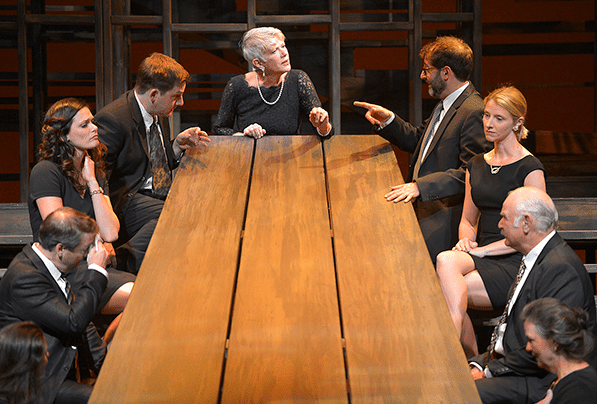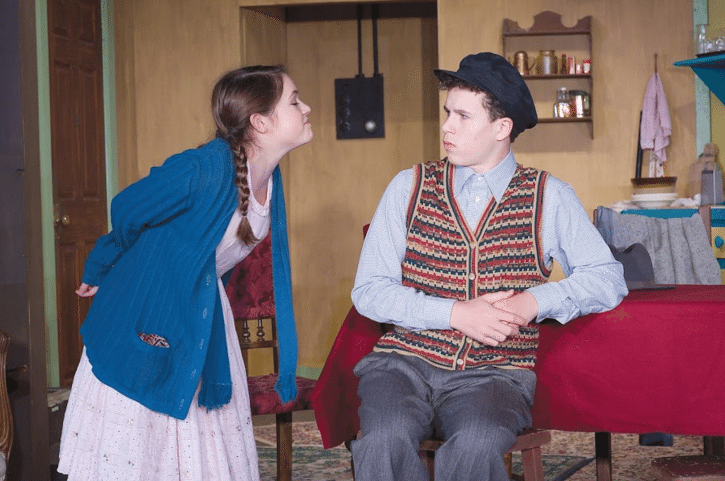By Charles Brousse
For decades the word has gone out across the nation from travel bureaus, chambers of commerce and other boosters that California is the “Golden State,” and our little corner of this mythical candy mountain known as Marin is “Marvelous,” with a capital “M.” In many respects, the hyperbole is well deserved. We have an ideal climate, beckoning mountain trails, miles of sandy beaches and a resourceful, well-educated population, among other things.
But there are disturbing gaps in this glowing portrait: Water scarcity, intolerable traffic, rising air pollution, shocking income inequality, a shortage of affordable housing, an increase in homelessness and deteriorating infrastructure—just to name a few.
One metric of the good life that gets little attention is the fact that among California’s 58 counties, Marin is near the bottom of the list when it comes to public funding of arts and culture. This is despite the fact that property values and other measurements of wealth are the second or third highest in the state and rank among the best in the nation.
What explains the discrepancy? Partly it’s historical. In the early days, we were a small community of exurbanites whose love of nature and outdoor recreation superceded the need for a highly developed cultural life. When the urge for entertainment came, Marinites could take a ferry or (after 1937) drive to San Francisco, where just about everything was available. Gradually, as demographics shifted and the county became more urbanized, local nonprofit theater, dance and music groups appeared, but it was always an uphill battle because the old libertarian view that cultural institutions must be self-supporting, lingered.
Then, in the 1980s, out of the blue came the miracle of the Buck Trust. Watered by the foundation’s millions, the garden began to blossom in all areas of the arts, visual and performing, traditional and experimental. As I watched it happen, I remember thinking, “This is too good to be true.” And, sadly, it was. Roughly 20 years later, the spigot was gradually turned off.
Now, my hunch is that we have a new paradigm emerging. As the population ages, making costly, energy-depleting trips to San Francisco, the East Bay or just about anywhere, less attractive—and with the local artist community itself larger than ever before—I sense a growing interest in what is being offered close at hand. As that interest rises, it will almost certainly translate into a demand for more and better cultural resources.
That’s when the real fun begins. Change doesn’t occur without a catalyst. Dedicated arts funding is a fairly low priority with city and county decisionmakers who worry more about filling potholes and balancing the need for affordable housing while protecting the natural environment, than, say, helping a local theater pay its rent, or assisting a group of landscape artists to stage an exhibition. All of these are important in their different ways, but if the arts are to thrive, there must be strong leadership from the nonprofit arts sector and its supporters.
I see the latter beginning to emerge in the announcement a couple of weeks ago that Gabriella Calicchio, Marin County’s director of cultural and visitor services, has been tasked by the Board of Supervisors with bringing together the leaders of nonprofit arts groups for the purpose of achieving common goals. If done correctly, this development holds great promise, and in a future issue I’ll tell you why I think we’re finally on our way to realizing Marin’s enormous artistic potential.











